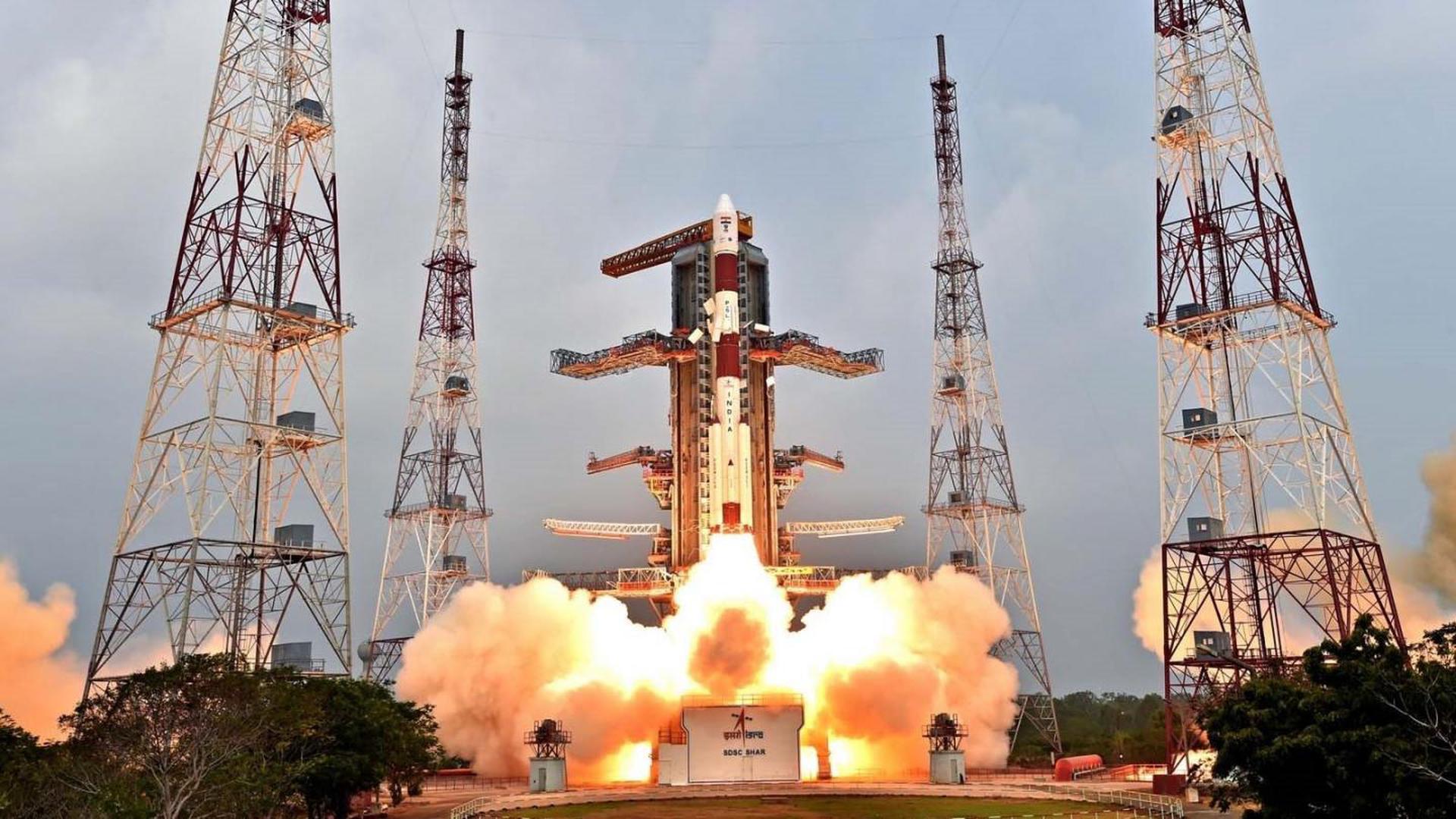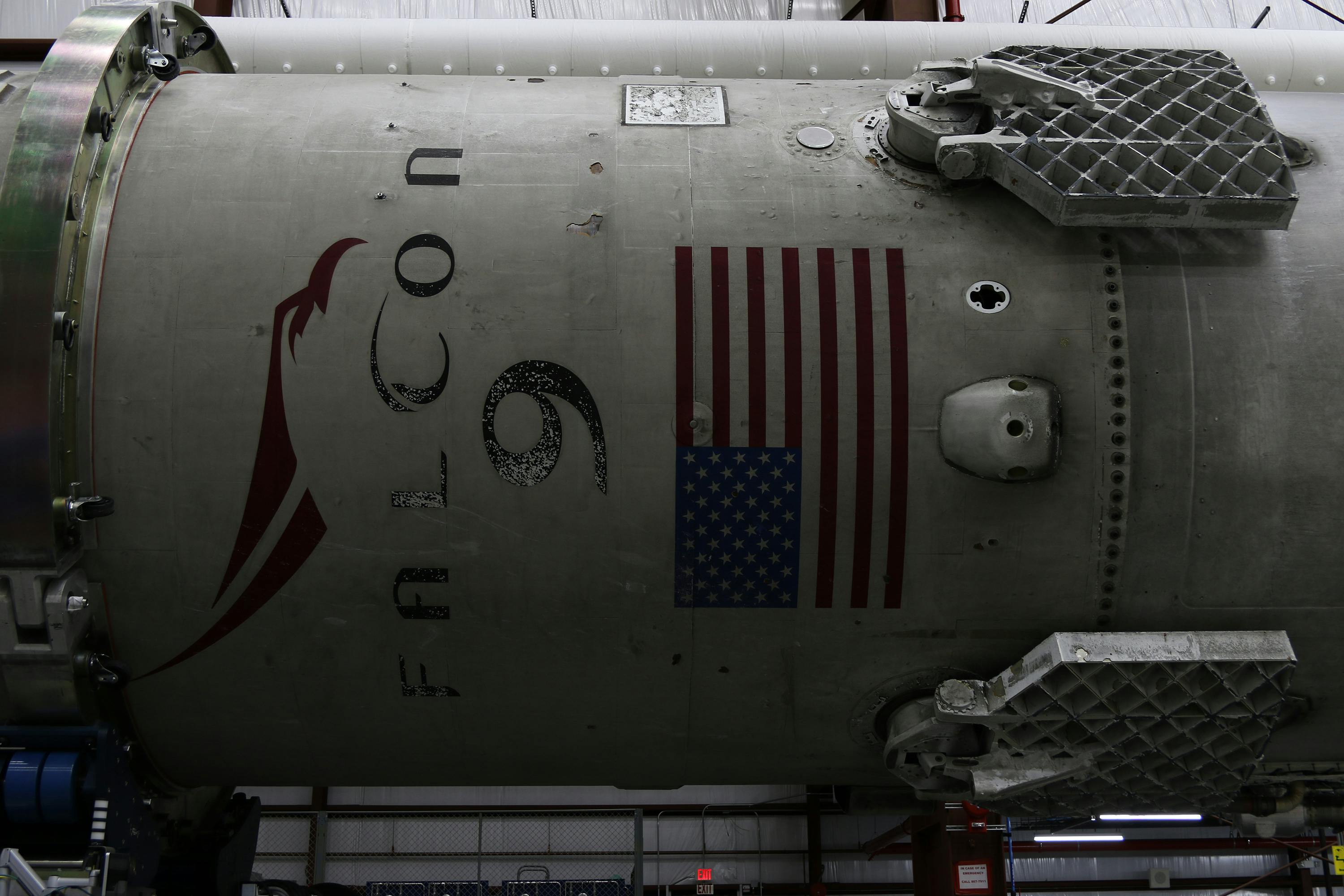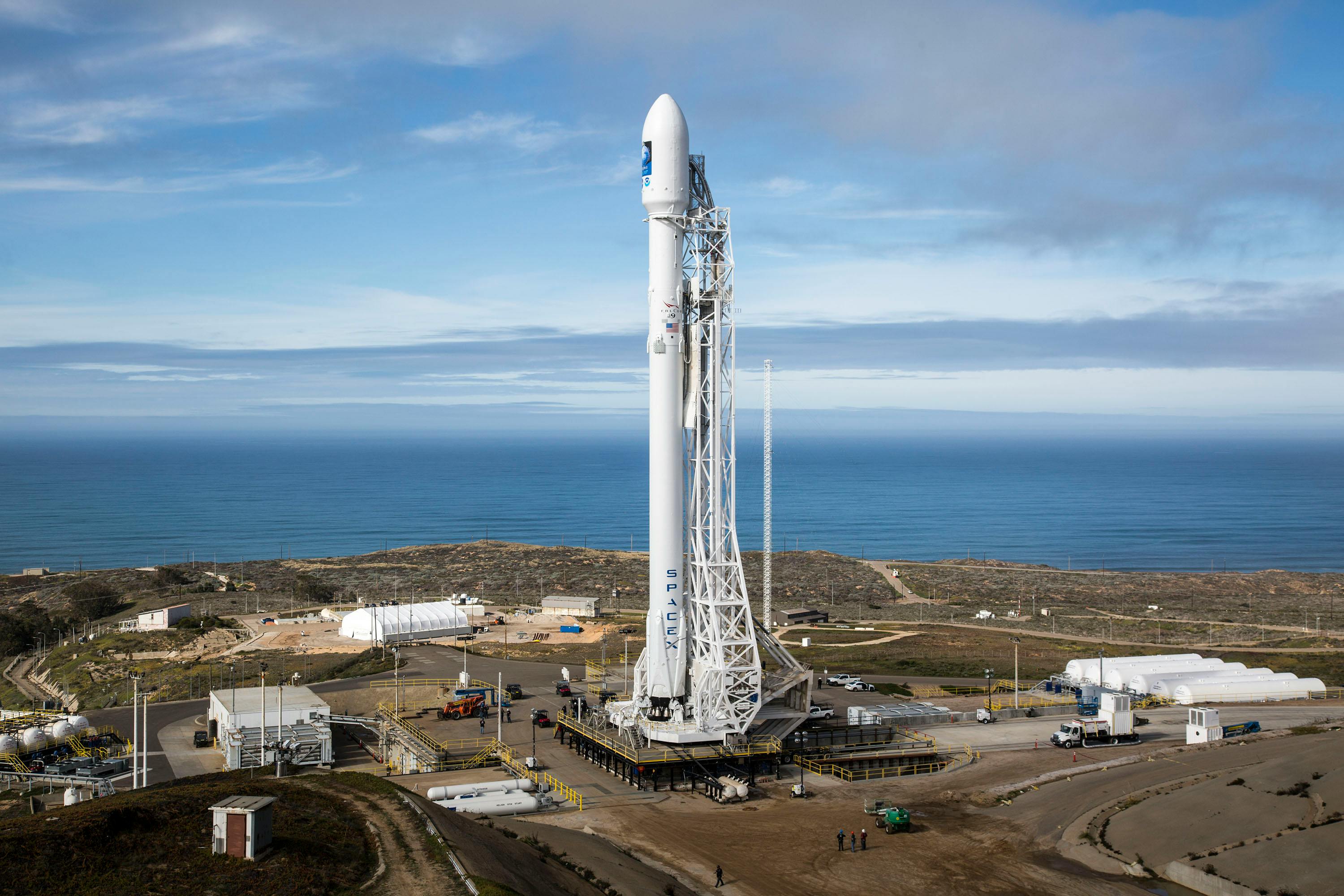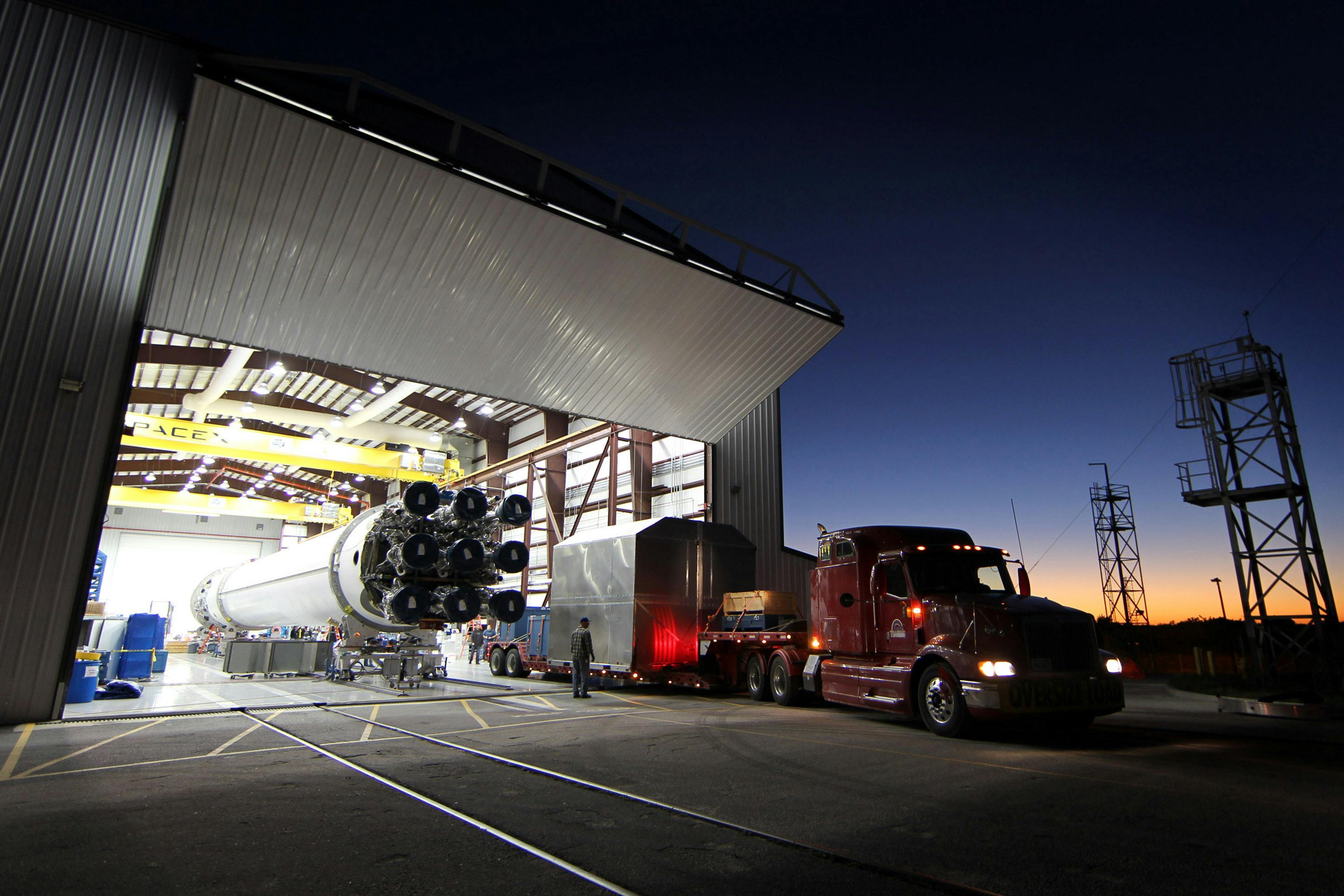· space brief · 6 min read
Space Brief 8 May 2025
Today we cover new appointments at NASA, calls for increased Space Force funding, and a successful test of a hypersonic vehicle. Further investigations target SpaceX, and a documentary highlights space superiority.

📄Top Stories
A former Air Force officer is set to become NASA’s deputy administrator, aiming to strengthen the agency’s military ties. Meanwhile, there’s an ongoing investigation into SpaceX’s foreign investments potentially affecting U.S. national security. The Space Force argues for more funding in light of its expanding responsibilities, while the success of a hypersonic vehicle test marks a leap forward in reusable space technology.
📰Detailed Coverage
Former Air Force Officer Nominated as NASA Deputy Administrator
The White House has nominated Matthew Anderson, a retired Air Force officer, to the position of deputy administrator of NASA. Matthew currently serves as the Chief Growth Officer at the Space Force Association, and his nomination highlights an effort to bolster collaboration and shared objectives between NASA and military space operations.
The nomination, sent to the U.S. Senate Committee on Commerce, Science and Transportation, points towards an increased emphasis on space partnership, an aspect crucial for broad and increased global space exploration and defense. This nomination could influence how satellite tracking and military assets in orbit are managed.
Read the full story: SpaceNews
House Democrats Investigate SpaceX’s Foreign Ties
Democratic leaders in the House are probing potential conflicts of interest involving SpaceX’s foreign investments, specifically those linked to Chinese sources. This investigation could have significant implications given SpaceX’s pivotal role in U.S. space ventures and national security.
The inquiry seeks clarity from NASA and the Pentagon on these concerns, highlighting the broader need for transparency in partnerships that could affect satellite integrity and security. Satellite tracking of SpaceX’s extensive Starlink constellation continues to be a focus for both civilian and military observation.
Read the full story: SpaceNews
Space Force Chief Appeals for Increased Funding
During a congressional hearing, the Chief of the U.S. Space Force, Gen. Chance Saltzman, outlined the branch’s current underfunding issues, emphasizing the lack of resources to meet its expanding missions. The Space Force’s mandate includes managing and defending numerous satellites crucial for defense and communications.
Highlighting the need for enhanced capabilities, Saltzman argued for an increase in funding to maintain U.S. space superiority, asserting that the current budget constraints hinder the branch’s effectiveness in an evolving space landscape.
Read the full story: SpaceNews
Hypersonic Vehicle Test by Defense Contractor
Stratolaunch has successfully completed the second test flight of its reusable hypersonic vehicle, enhancing the Department of Defense’s capabilities. This vehicle’s design allows for multiple uses, reducing costs and improving access to quick and precise payload delivery in space.
This breakthrough echoes the Navy’s historic X-15 program, underscoring the advantages of hypersonic speed and maneuverability in modern military scenarios, and enhancing tracking and deployment options for current and future satellite networks.
Read the full story: SpaceDaily
Space Force Documentary Promotes Space Superiority
A special screening on Capitol Hill of “The U.S. Space Force - America’s Invisible Front Line” aimed to emphasize the significance of the Space Force in national defense. This documentary sheds light on the urgent need for further investment and support to maintain U.S. leadership in space.
The event underscores the strategic requirement to invest in and improve space-related military capabilities, enhancing the security of critical satellite infrastructure that supports both military and civilian applications.
Read the full story: SpaceWar
🛰️Satellite Spotlight
- Satellite Name: ONEWEB-0272
- NORAD ID: 48990
- Launch Date: July 1, 2021
- Mission: ONEWEB-0272 is designed for communication purposes as part of the larger OneWeb constellation aimed at providing global internet coverage.
- Orbit: LEO (Low Earth Orbit)
- Operator: OneWeb
- Fun Fact: This satellite is equipped with a Ku-Band payload, which is essential for high-speed data transmission, making it a key component in the efforts to bridge the digital divide globally.
Track this satellite in real-time on our web app: Track ONEWEB-0272
🌌Space Weather
Space weather conditions are currently quiet.
R0 - S0 - G0
Next 24 Hours: In the coming day, satellite operators can expect no risk of radio blackouts or solar radiation storms, providing a stable environment for satellite communication and operations. However, the geomagnetic outlook indicates a G1 (Minor) storm could occur on 09 May, primarily due to the influence of a negative polarity coronal hole high-speed stream (CH HSS) and a possible glancing blow from a coronal mass ejection (CME) from 05 May. Operators should remain vigilant during this period as the enhanced magnetic complexity of Region 4079 might bring a chance of R1-R2 (Minor-Moderate) radio blackouts from 08 to 10 May, which could temporarily affect radio communications.
Beyond: Looking further ahead, the forecast for solar activity from 05 May to 31 May shows that solar levels are expected to remain predominantly low with a slight chance of M-class flares. Satellite operators can expect no proton events at geosynchronous orbit, but the greater than 2 MeV electron flux is likely to reach high levels from 05-12 May and again from 29-31 May, presenting possible challenges for satellite systems during these periods. Geomagnetic conditions are projected to reach G1 (Minor) storm levels on 18 May and again from 29-31 May, influenced by coronal hole activity. Operators should prepare for periods of active conditions on several dates, including 05-06 May, 09-11 May, and 16-17 May, while mostly quiet to unsettled conditions will prevail during the rest of the month.
🚀Upcoming Space Launches
May 10
- SpaceX Falcon 9:
- Starlink Group 15-3 from Vandenberg SFB, CA, USA (00:01 UTC) A batch of 26 satellites for the Starlink mega-constellation - SpaceX’s project for space-based Internet communication system.
- SpaceX Falcon 9:
- Starlink Group 6-91 from Cape Canaveral SFS, FL, USA (06:28 UTC) A batch of satellites for the Starlink mega-constellation - SpaceX’s project for space-based Internet communication system.
May 11
- SpaceX Falcon 9:
- Starlink Group 6-83 from Kennedy Space Center, FL, USA (04:24 UTC) A batch of satellites for the Starlink mega-constellation - SpaceX’s project for space-based Internet communication system.
- China Aerospace Science and Technology Corporation Long March 6A:
- Unknown Payload from Taiyuan Satellite Launch Center, People’s Republic of China (13:12 UTC) Details TBD.
May 13
- SpaceX Falcon 9:
- Starlink Group 15-4 from Vandenberg SFB, CA, USA (00:00 UTC) A batch of satellites for the Starlink mega-constellation - SpaceX’s project for space-based Internet communication system.
- China Aerospace Science and Technology Corporation Long March 2D:
- Unknown Payload from Jiuquan Satellite Launch Center, People’s Republic of China (04:03 UTC) Details TBD.
May 14
- SpaceX Falcon 9:
- Starlink Group 6-67 from Cape Canaveral SFS, FL, USA (15:43 UTC) A batch of satellites for the Starlink mega-constellation - SpaceX’s project for space-based Internet communication system.
May 15
- Gilmour Space Technologies Eris-1:
- Maiden Flight from Bowen Orbital Spaceport (00:00 UTC) Maiden flight of Gilmour Space’s orbital launch vehicle Eris.
May 17
- Rocket Lab Electron:
- The Sea God Sees (iQPS Launch 2) from Rocket Lab Launch Complex 1, Mahia Peninsula, New Zealand (08:15 UTC) Synthetic aperture radar Earth observation satellite for Japanese Earth imaging company iQPS.
May 18
- Indian Space Research Organization PSLV-XL:
- EOS-09 (RISAT-1B) from Satish Dhawan Space Centre, India (00:00 UTC) RISAT-1B is the third in the series of radar imaging RISAT-1 satellites of ISRO using an active C-band SAR (Synthetic Aperture Radar), providing all-weather as well as the day-and-night SAR observation capability in applications such as agriculture, forestry, soil moisture, geology, sea ice, coastal monitoring, object identification, and flood monitoring, in addition to military surveillance.
Note: Launch dates and times are subject to change due to technical or weather considerations.

Maurice Stellarski





